Look, despite our best efforts, we don’t know every tiny tidbit of automobile trivia around here…
…So we were today years old when we discovered that GM’s naming convention for its expanded 1973 X-body line spelled out N-O-V-A.
- Nova (Chevy)
- Omega (Oldsmobile)
- Ventura (Pontiac)
- Apollo (Buick)
In this context, “Easter Egg” refers to a secret message hidden in plain sight—and clearly, GM’s marketing folks deserve a slow clap for that clever little detail. Even a half-century later, that subtle Easter Egg is still working its magic, because it encouraged us to dig into these oft-overlooked classics from the mid 1970s.
And we figured you might want to learn a bit more about them too, because, unlike a lot of GM’s platform-sharing efforts, there’s a weird bit of overlap and drivetrain mishmash in these X-body corporate cousins. That’s particularly evident when you hear the origin stories.
So let’s begin—logically—at the middle of the X-body timeline.
Welcome to 1973!
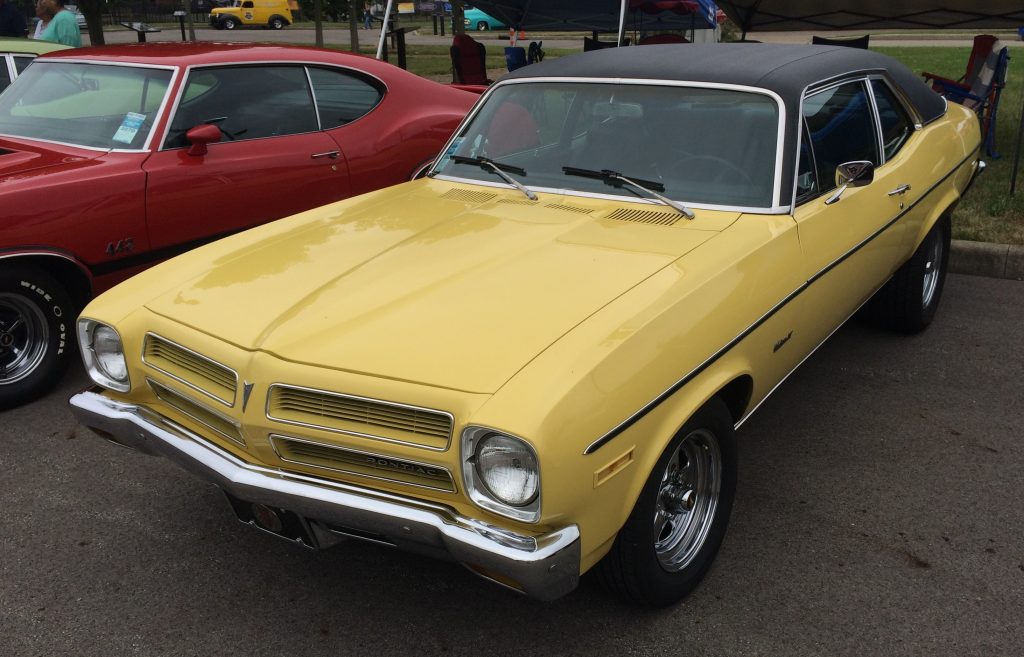
Agree or not, for a lot of gearheads 1973 marks the end of the muscle car’s original golden era. Compounding factors like rising insurance rates, evolving federal safety regulations, and the nascent fuel crisis put an end to the big cube, big power V8 party.
Perhaps more importantly, the North American automobile market was changing significantly with the growing presence of European and Japanese imports encroaching on domestic sales.
As a result, American automakers changed tactics, and began aggressively addressing the need for entry-level compact cars—specifically ones with miserly fuel economy. Some brands already had a head start with some budget-friendly options already on showroom floors, others however, had to pivot quickly and adapt to the changing automotive landscape.
And since General Motors already had a compact X-body chassis that had been on the roads since the early 1960s, it knew exactly what to do with it.
Chevy Nova
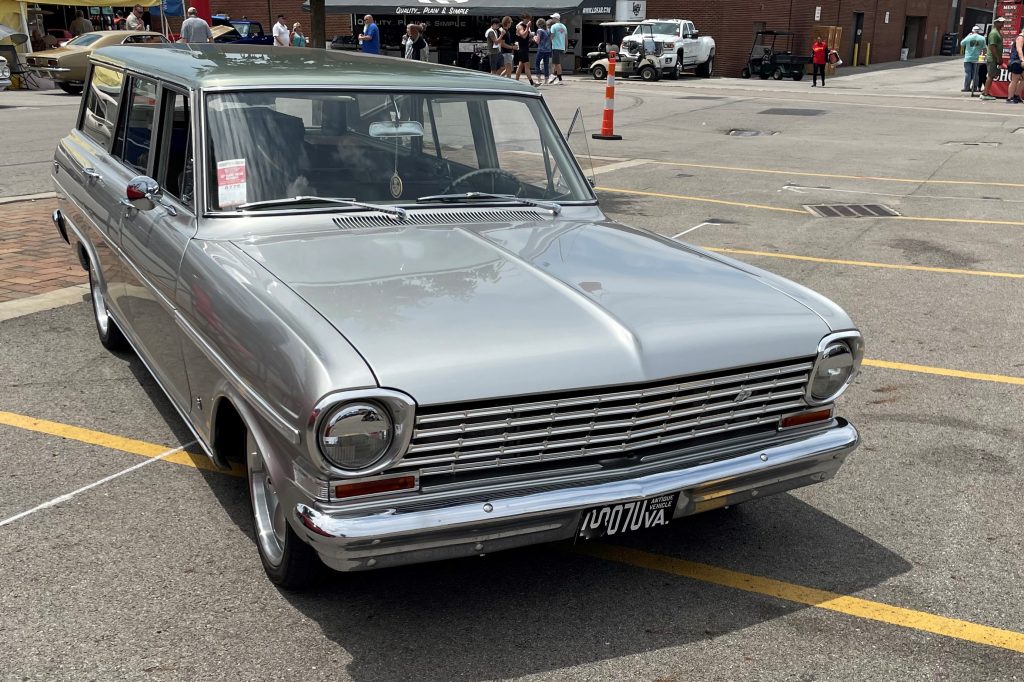
It shouldn’t be a secret to anyone that the Nova had been Chevy’s entry-level compact for over a decade at this point, and it was already in its third generation when the 1970s hit.
Yet, the facelifted 1973 and 1974 models are particularly noteworthy, because they’re a good example of how General Motors tweaked the Nova in response to those changing federal safety standards and MPG-minded buyers. Under the hood was a base 250ci inline six which, relatively speaking, was easier on the gas budget than a contemporary V8.
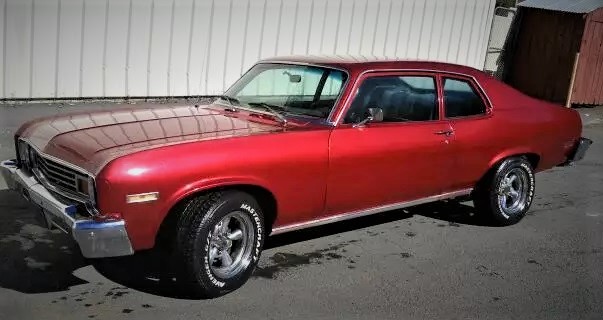
The 1974 arrival of a Turbo-Hydramatic transmission to the X-body family is an important footnote too. A cousin to the familiar TH350, the three-speed TH250 replaced the venerable two-speed Powerglide and helped further improve the Nova’s fuel economy. You’ll see the three-speed automatic appear in the Omega, Ventura, and Apollo siblings too.

It’s also worth pointing out that 1973 also marked the debut of the slick hatchback Nova, where the entire rear glass and decklid of the Nova opened up for unfettered access to the rear cargo area—other X-bodies would adopt it soon.
You can see the Nova’s visual evolution from 1969 to 1974 in this handy Ride Guide.
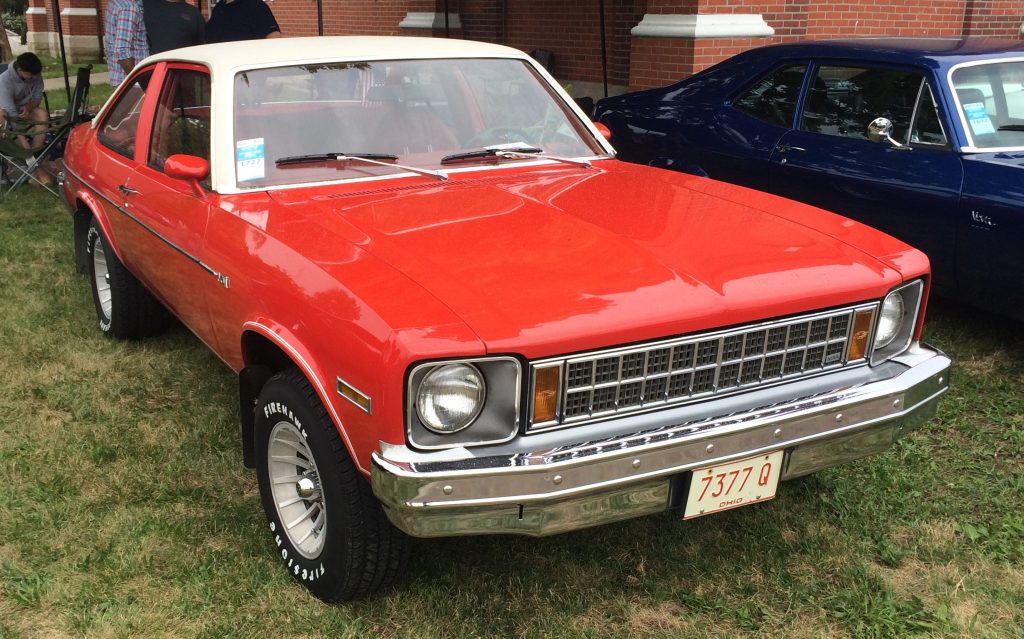
From the onset, Chevy offered the Nova as a coupe, sedan, and a wagon, and it became a solid seller in the Bowtie portfolio.
As a result, the Nova nameplate continued through the 1970s, earning a redesign in 1975 with production running through 1979. The Nova badge would vanish for a few years before returning on a front-wheel drive econobox built in partnership with Toyota. The Nova disappeared for good as the 1980s came to a close.
Oldsmobile Omega
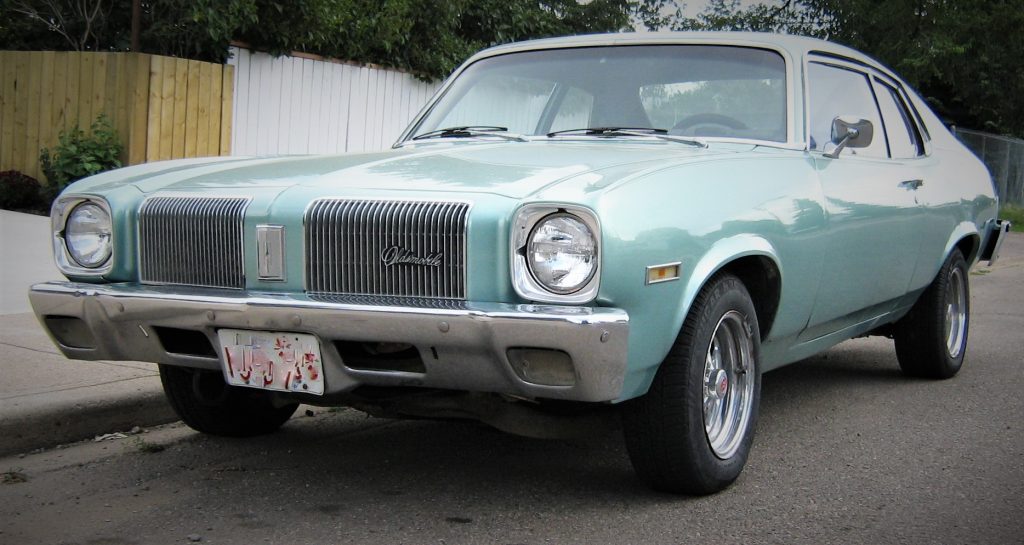
In the General Motors portfolio, Oldsmobile was a rung or two above Chevy and Pontiac on the prestige ladder, which meant Olds didn’t have much to offer a budget-minded consumer. So, GM handed the X-body platform to Oldsmobile in 1973, where it got a handsome re-skin and a new name: the Omega.
The Oldsmobile magic was more than skin deep here too. While the Chevy-sourced 250ci six was the base engine, you could opt for the trusty Olds Rocket 350 V8 as well.
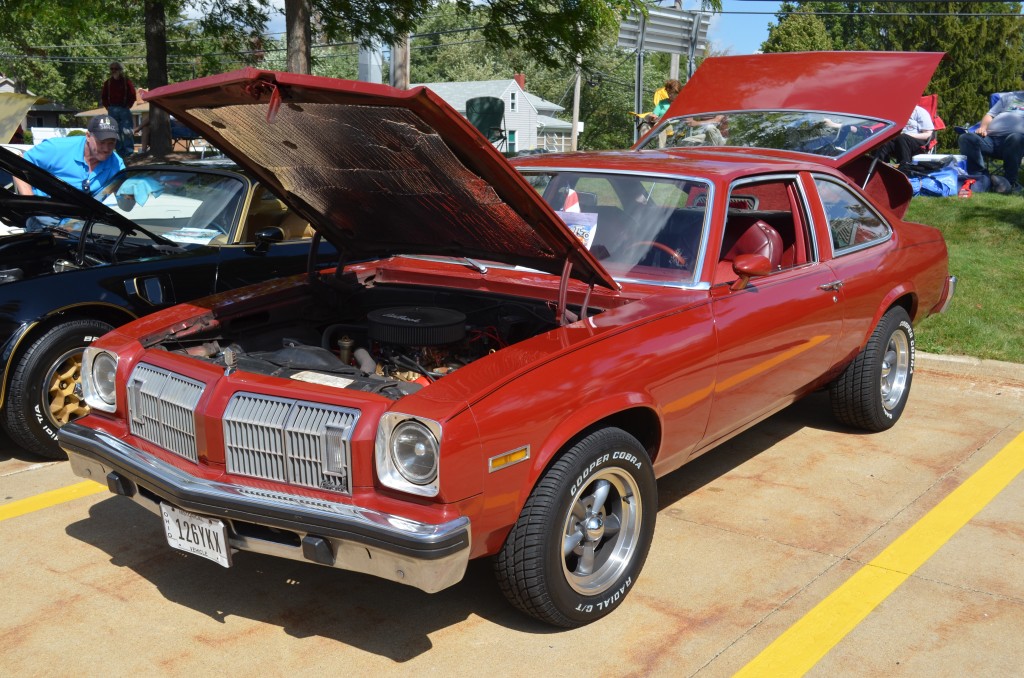
Just like its Nova counterpart, the Omega got a similar redesign in 1975. More engine options would soon arrive too, notably the Olds-sourced 260ci V8 and the soon-to-be-legendary Buick 3.8L V6. Ultimately the Omega would transition to the front-wheel drive X-body platform in 1980. After that, the Omega name disappeared for good after 1985 with the arrival of the new Oldsmobile Calais.
Pontiac Ventura II
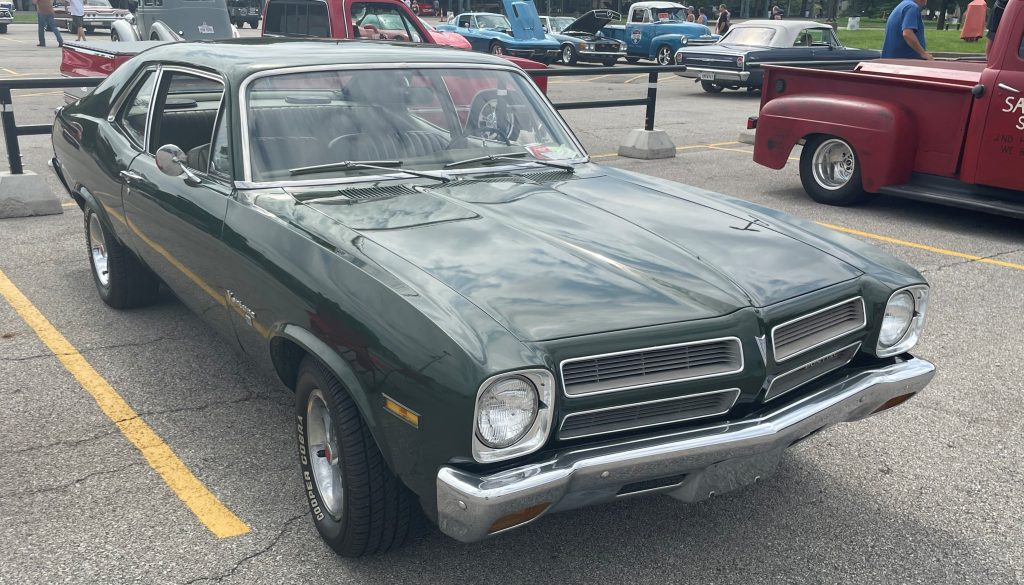
Pontiac got its own X-body variant prior to 1973, when the Ventura was introduced in 1971.
Initially, these cars were called a “Ventura II” similar to contemporary Mustangs and Scouts, because the Ventura name itself was a throwback to the full size Venturas of the early 1960s. But Pontiac quickly switched to calling them simply Ventura.
Early on, you could get a Ventura with the 250ci Chevy six or the 307ci Chevy V8. Pretty soon after that, Venturas could be had with the Pontiac-sourced 350 V8.
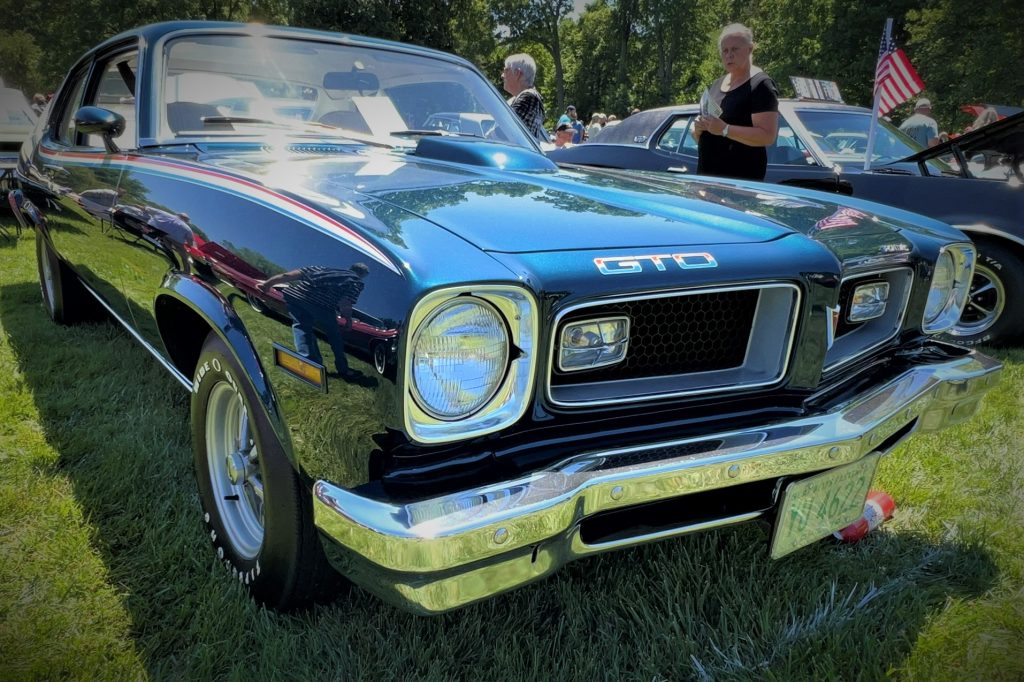
Like its Omega and Nova stablemates, the Ventura got a redesign in 1975 and it would share similar engine options to the Omega.
Curiously, Pontiac would kill-off the Ventura name 1978, updating its entire X-body line with the Phoenix moniker. Mimicking the Omega’s career, the Phoenix moved to the front-wheel drive X-body platform in 1980 and would eventually disappear for good after 1984.
Buick Apollo
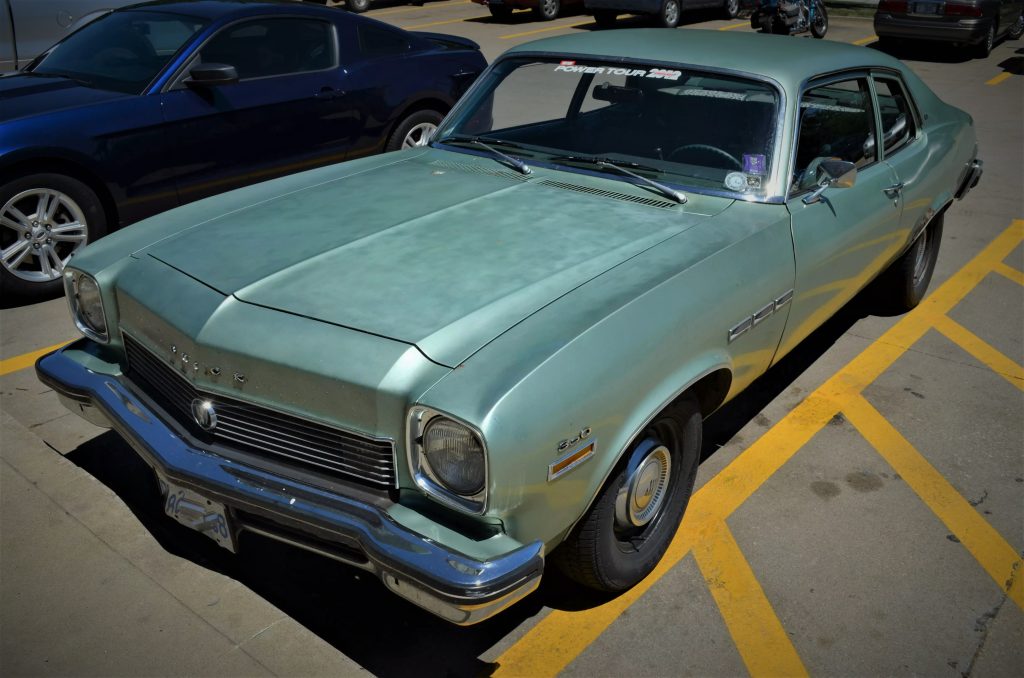
From purely a naming standpoint, the Apollo is a very short chapter in the the X-body lineage. Much like Oldsmobile, Buick was positioned upmarket in the General Motors lineup, which meant that it too, had to quickly adopt an entry-level X-body sibling.
Only produced from 1973 to 1975, you could get an Apollo as a sedan, coupe, or two-door hatchback. Under the hood was, again, the venerable 250ci Chevy six, or your could tick the box for an optional Buick 350 V8. In the Apollo’s final year, the Olds-sourced 250ci V8 was available too.
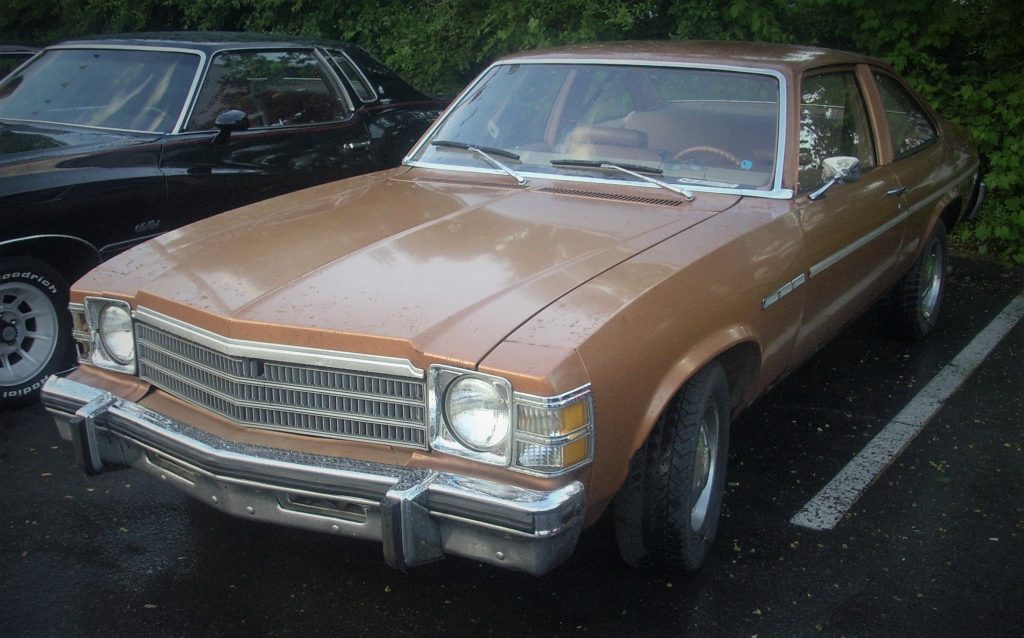
But when GM redesigned the X-body in 1975, Buick dropped the Apollo name on the coupes, opting to rechristen them as Skylarks. After 1976, all Apollo coupes and sedans got the Skylark badge. The Skylark followed the path of the Omega and Ventura twins, carrying similar engine options—albeit with the Buick 350 and, interestingly, the Pontiac 301ci V8.
Just like the Omega and Phoenix, the Skylark would move to the front-wheel drive X-body in 1980, then to the N-body in 1986 where it soldiered onto a sixth-gen. redesign before the sun set in 1998.
***
Nova, Omega, Ventura, Apollo…NOVA…a neat little Easter Egg hidden in plain sight. And it’s a nice reminder that there’s always new trivia to discover in the ever-expanding automotive universe.


The 75 Omega came in a a S and SX version which optioned a Buick 350 4 barrel. Never saw a Buick V6 in one.
We had a 1977 Omega SX Hatchback with a 231 V6. Gutless wonder. The hatch rattled all the time. We replaced all contact components and it still rattled. Next step was a loud stereo with Rush blaring to cover up the rattle. White with gold SX trim and white bucket interior and sport steering wheel with Olds Super Stock rims and raised white letters. Looked good and drove well and Pops saved us 3 teenagers by getting the slow V6.
Omg please say this was published on April 1st. I’m 58 dad owned a 74 2dr mom’s first car was a 63 followed by a 65 Chevy II. My ex had the 77 concourse and I had a 75 Ventura hatchback and a 74 hatchback Nova. Hell I figured out the egg back in about 78 lol
Wasn’t the Cadillac Seville originally based on the Nova platform/chassis? That would make the acronym spell N O V A S ???
The Seville was on a re-engineered NOVA platform which improved noise, vibration, hashness and ride quality. The improvements benefittted the NOVA cars and the Camaro and Firebird whiich were also on a related platform.
The Seville came in 1975 as a 1976 model. By then it was not relavent to name every shared platform variant with the letters of the Nova name. Seville was the first followed by the switch to Skylark to replace the Apollo name. The Chevrolet Concours was introduced as a luxury variant to replace the Nova LN “Luxury Nova” in a similar fashion that the Capeice was marketed separately from the Impala. Then for 1977½ Phoenix supplemented the Ventura eventually to replace the Ventura altogether.
Just add warmed over LT1 and a 4 speed, and pretend it’s anything else you may want
Yup in 1976 we ordered a nova base with 350 4 bbl bench 4 speed posi. Tint glass rallyes rims duals we put on and added tach and am. FM radio …car was a screamer for 3700 bucks sadly sold in 2k. For 8k…factory backed at 4 speed and took a few letters to GM to release. Build
I. F. My eyes on the yellow car in pics. Is a ventura. Not a nova. My parents had a 1963 nova. 4 door. That’s what I remember. As a kid. My first. Car was a1963. Impala. S S. My brother found. It first. Then he saw. A 1962. Impala he liked better. And sold me my 1963. Impala. S. S. HAVE BEEN A OWNER OF IMPALAS FROM 1962. THRU1968. IN HIGH SCHOOL. REMEMBER THEN. ?
I would totally have that car over almost every car I’ve always wanted
Novas came in a convertible, there is one for sale here in my retirement community. Looks like a 62 or 63
I owned a 1976 Nova four-door sedan with a COPO 9C1 police package. That I managed to order from the factory. It was one of my favorite cars. I also own the 1977 Nova concours four door sedan
The beginning of the end for US auto makers…. After the glories of the Mid to late sixties, designs G M began to lose its direction. Give me a 1965 or 1966 Pontiac Grand Prix with the bucket see option… Now there’s a beauty inside and out…
I drove a 1976 Nova 6 cyl 2 door as a fleet car for a while; it was a pretty gold color with loud brown and tan checked upholstery. Decent basic transportation, but the rear suspension was very weak – it would bottom out going over train tracks with only two people in it. Corporate approved the installation of an extra leaf spring on both sides, and that made it ride and handle much better.
One more thought on the Nova: GM couldn’t figure out why they weren’t selling many in Mexico, until someone finally pointed out that Nova means no go in Spanish. Oops!
In 71′ I was a 16 yr old kid. So I had a oportunity to buy a demonstrator off of Timkey Pontiac Cadillac. It cam with a 305 3 speed std tran. It was my pride and joy some 50 + yrs its still in the family. My brother bought it in 73 when I bought a 73’monte Carlo that my dad bought as a wreck. It had burned and he replaced the interior and it had the first swivel bucket seats.
I never liked the body style
I presently own a 73 Nova that looks like the 73 Ventura in this story. Same color yellow with a black top. Kind of a rare combination. I’ve had it 24 years and it is in #9 condition. Came with a 350 2bbl and I replaced it a 650 four bbl. Did many upgrades. It’s been a fun vehicle.